Every generation misguidedly believes they are the first to ever encounter the awkward, often painful coming of age experience. Gen Z can’t get enough coming-of-age content, proven by the popularity of cultural phenomena like HBO’s EUPHORIA and Olivia Rodrigo’s SOUR. And while I’m admittedly a fan of these for different reasons, the wry, perhaps even bitter, teen in me is ready to write them off as agonizingly earnest. I find myself wondering if spending all my time on the internet from too young an age caused me to become irony poisoned, or blind to the line between where the joke begins and ends. Of course, after revisiting the Gen X cult classic GHOST WORLD, I am instantly reminded that teens have always been cruel, sardonic, and, at the same time, achingly vulnerable, even before social media gave us all personality disorders.
GHOST WORLD originated as a 1993-1997 (frankly, way more fucked up) comic book by Daniel Clowes about two teenage misfits drifting around an unnamed American city. Enid (Thora Birch) is the patient zero of being an irony poisoned edgelord; when not flunking summer school or getting fired, she spends her post high school days poking fun at everything and everyone around her. Since shitposting and cyberbullying as we currently understand them hadn’t been invented yet, she pokes fun at everyone in her life with best friend Rebecca (Scarlet Johansson). Together, the girls follow suspected satanists around town, hassle service people, and pull a personals ad prank on unsuspecting record collector Seymour (Steve Buscemi). Enid is content to live life with no larger ambitions for herself, drifting along making fun of everyone else. That is, until she takes the bit one step too far, and her complicated friendship with Seymour forces her to confront her own feelings of loneliness and self-doubt.
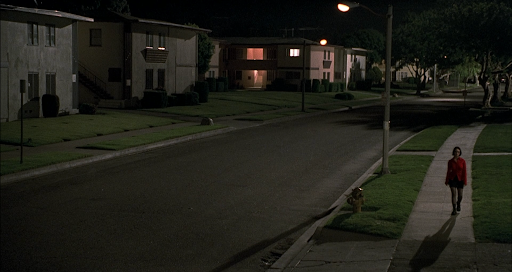
The opening credits reveal Enid’s vulnerability: dancing like nobody’s watching in her room to the mesmerizing 1965 Bollywood musical GUMNAAM while her neighbors stare blankly into their TV screens. Enid’s inability to show this side of herself to Rebecca leads to the fraying of the threads of their friendship; Enid is not yet mature enough to articulate her insecurities and doubts for the future, but she is mature enough to know that those feelings exist. She desires more for herself, but to admit that out loud would be embarrassing and open her up to the possibility of criticism and hurt. Both Enid and Rebecca have romantic feelings for Josh (Brad Renfro), a totally non-descript cashier who drives them around, but neither of the girls know how to talk about it to the other. Despite their friendship starting out as a mere fascination for Enid, she and Seymour connect over the Skip James song “Devil Got My Woman.” It’s the first time we see Enid let down her edgelord force field.
Perhaps Enid is drawn to Seymour because he wears his heart on his sleeve, or maybe she sees her future in his isolation. Maybe Enid is simply horny for Seymour and super embarrassed about having, gasp, feelings. Either way, the ability to be honest with someone about her emotions is what Enid was looking for the whole time without ever knowing it, and maybe what we’re all searching for: someone you can be completely yourself around with no judgment. In an endlessly alienating consumer culture that has only spiraled even further out of control since GHOST WORLD’s release, it can feel more difficult than ever to connect with others. Modern life can be so isolating, especially for young people finding themselves thrust into adulthood—this is highlighted by director Terry Zwigoff’s decision to barely cast extras, always leaving Enid and Rebecca alone in the frame. In Enid’s case, isolation has led to self hatred and doubt; Enid cultivates the double-edged sword of her edgelord persona, which protects her, but also keeps everyone out. In her own words, Seymour is “the exact opposite of everything I hate…In a way he’s such a clueless dork that he’s almost cool.” Even when trying to describe her feelings for Seymour, Enid has no idea where the irony ends and the honesty begins.
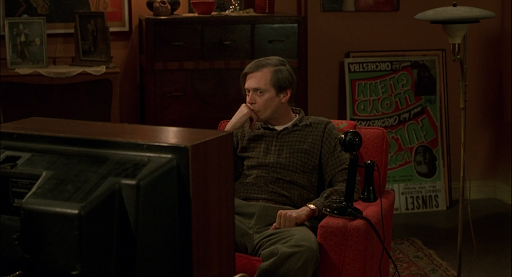
What makes GHOST WORLD so refreshing twenty years later is that it’s not a girlbossified guidebook for how to navigate late adolescence into early adulthood, or about bearing one’s trauma for the sake of “telling your story.” It transcends the coming-of-age genre to provide a darkly funny space to swing from cynicism to sincerity, holding space for both of those feelings at the same time, no matter how uncomfortable. Zwigoff treats his viewers like adults, even though GHOST WORLD’s target demographic skews younger. In fact, Zwigoff intentionally subverted many of the late 90s/early 00s trends in the teen film genre; visually stylized like a comic shot by a documentarian and sporting a soundtrack strictly composed of songs from before the year 1970, it is safe to say that GHOST WORLD truly exists in a genre all on its own.
Do today’s teens embrace Enid’s low-energy ethos? In some ways, they already have. It is tough to imagine current e-girl aesthetics and trends without Enid’s style, from her cropped haircut to the leather fetish mask to the unforgettable “1977 original punk rock look,” which all the people around her are “too stupid” to understand. Enid is the “it girl” of wearing an outfit ironically. Many of her witty observations have been memed and retweeted, whether or not those tweeting even know they’re sharing Enid takes. On the other hand, Enid is more of a “problematic queen,” and although that’s why I love her, her casual use of the r-word might elicit some finger wagging. She also gets into a casual sexual relationship with a man twice her age; if the film were to premiere today, Enid and Seymour’s age gap romance would take up about a week’s worth of discourse on a slow news week, and then we’d all get bored and move onto the next thing to scream at.
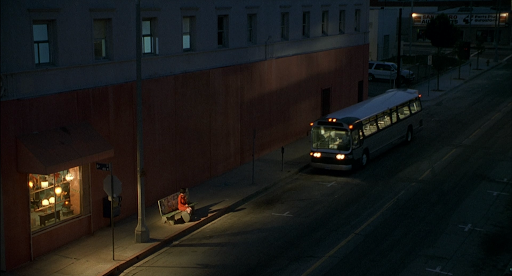
So what happens to Enid at the end of the film? One popular, albeit bleak, theory posits the idea that the ending is a metaphor for suicide, but this ignores the slight ray of optimism that Enid possesses. When Seymour expresses his inability to relate to humanity, Enid responds that she “can’t relate to humanity either… but it’s not completely hopeless.” While this does sound like words spoken from someone standing on the precipice, it’s coming from someone about to fly, not fall. This is an acute moment of hope for the future in another moment of unexpected moment of vulnerability from a character written off by many critics at the time as “smug, complacent, cruel, deceitful, thoughtless, malicious, and disloyal.” Naturally, my inner Enid’s knee-jerk reaction is to cringe at my own interpretation, however, isn’t change a cornerstone of growing and maturing in the context of the human experience?
Perhaps that’s why Enid takes the bus at the end of the film, to choose change over death by languishing in a world populated by ghosts. Taking the bus to somewhere unknown is a rejection of her previous blackpilled ideology—Enid walks away from what she knows will inevitably make her unhappy, over and over again. The most blackpilled thing she could do would be to stay in a situation that she knows makes her unhappy, left to deteriorate and doom-scroll with the rest of the ghosts. Her opting for change, even if it is completely unknown to her and to us, is one of the most based things she could do. Enid tells Seymour about a gnawing thought from when she was younger, of “one day, just not telling anyone and going off to some random place, and just disappearing, and no one would see me again.” What teenager hasn’t dreamed that dream? Enid takes the bus, achieving that dream and growing up on her own strange, misunderstood terms.




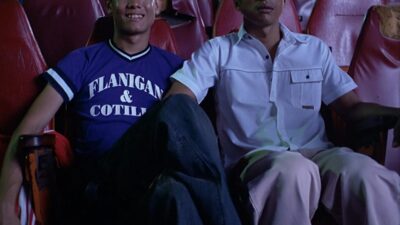


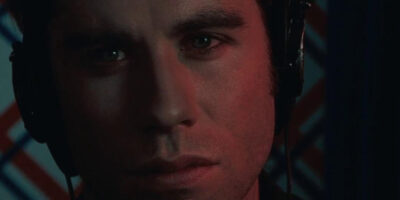
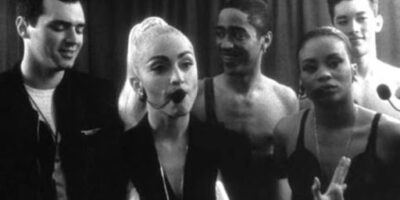
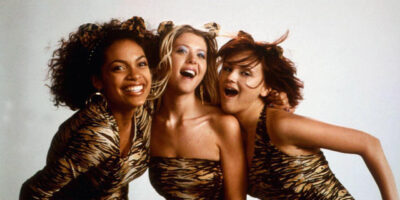






Comments